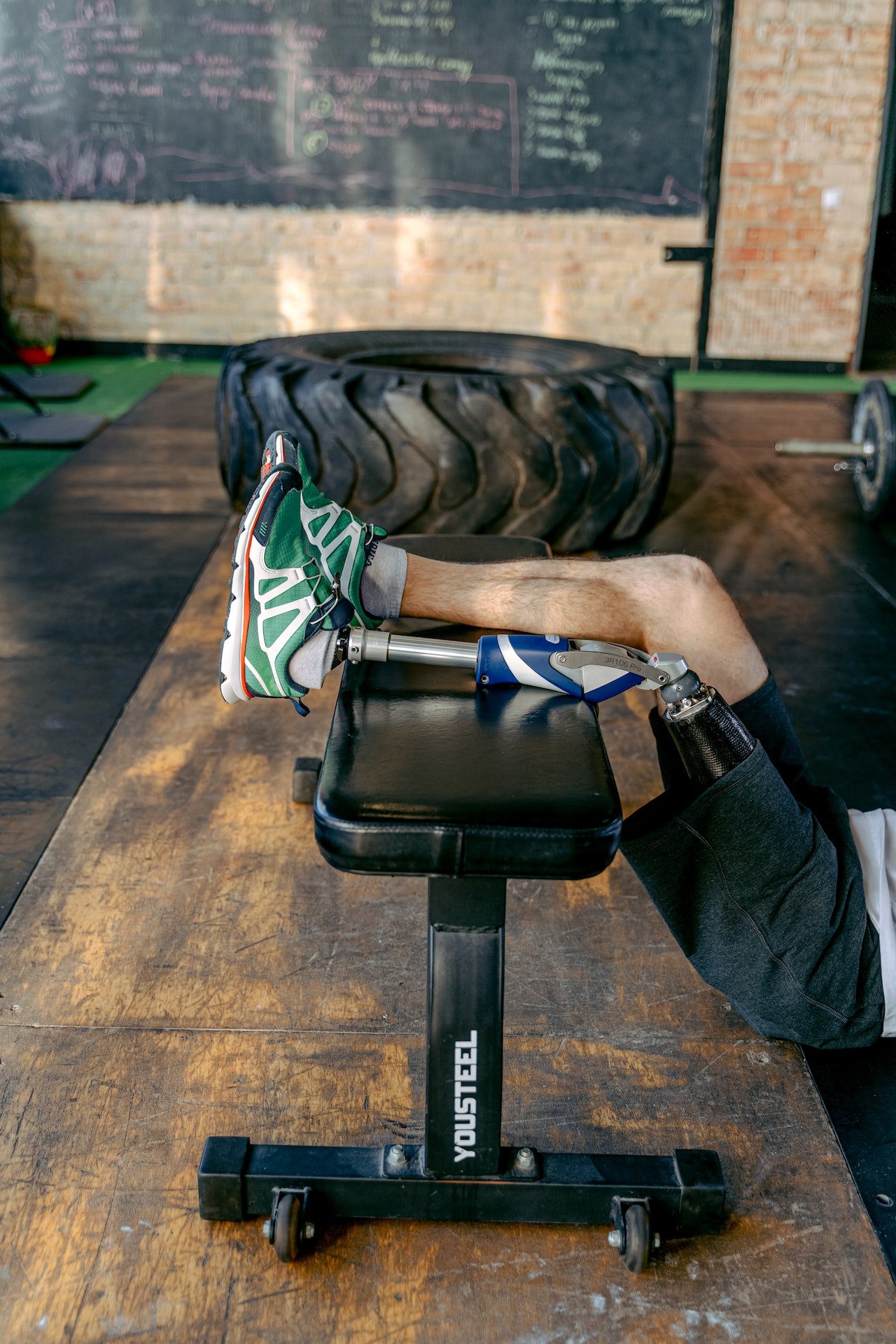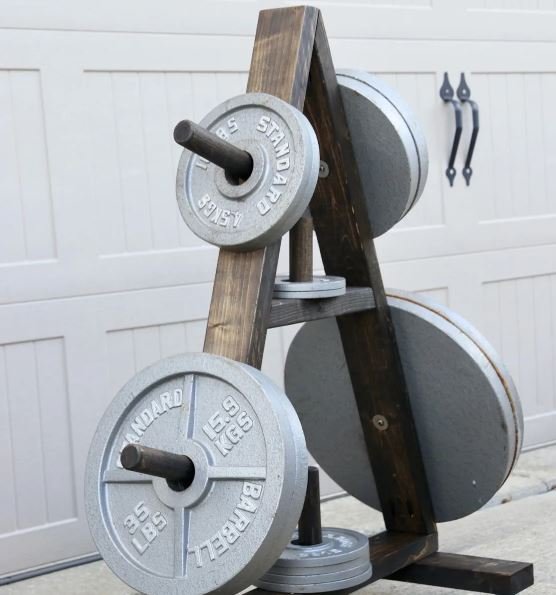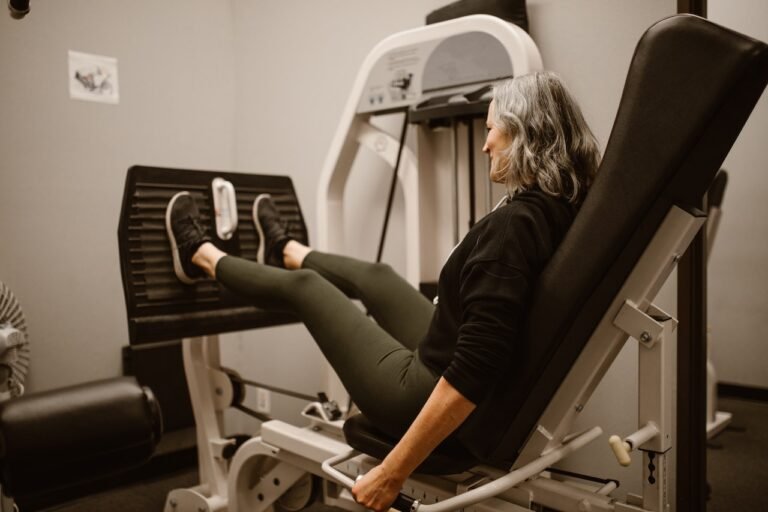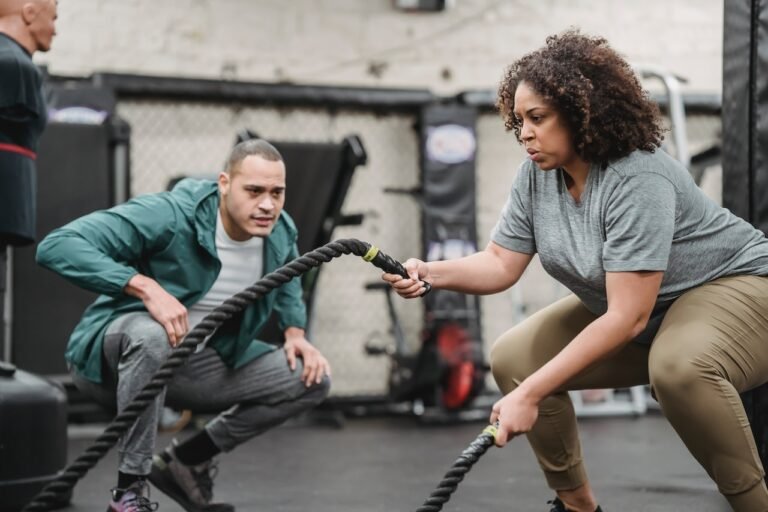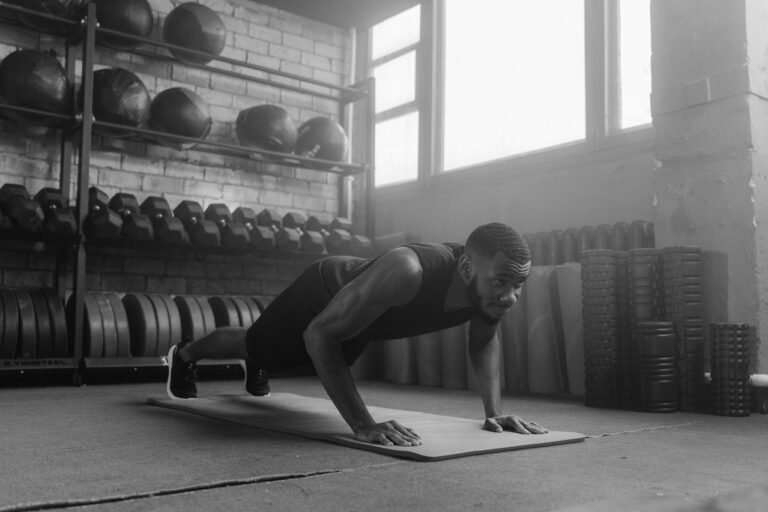Hip Thrust Bench: The Ultimate Tool for Strengthening Your Posterior Chain
The journey of every fitness enthusiast is unique. Nevertheless, if there’s one exercise that has seen a rapid surge in popularity for its undeniable effectiveness in glute development, it’s the hip thrust. And central to this exercise is the hip thrust bench.
Why Every Fitness Enthusiast Should Own a Hip Thrust Bench
Firstly, let’s delve into the reasons behind the rising appeal of this specialized bench. Unlike traditional flat benches, a hip thrust bench is designed to provide the perfect height and stability for performing hip thrusts. This makes the exercise both more comfortable and effective. Moreover, given the vast importance of strong glutes – not just aesthetically, but also for athletic performance and overall lower body function – having a tool that aids in optimal glute training is invaluable. Thus, for those serious about their fitness journey, investing in one seems like a no-brainer.
Mastering the Basics: How to Perform the Perfect Hip Thrust on a Bench
Transitioning to the core aspect of the exercise, it’s imperative to understand the basics. To initiate, sit on the ground with the bench right behind you. Lean your upper back against the bench, ensuring it’s just below your shoulder blades. Plant your feet firmly, about shoulder-width apart. As you exhale, push through your heels, lifting your hips upward while squeezing your glutes at the top. The aim is to create a straight line from your shoulders to your knees. Slowly lower your hips back down, and repeat.
Hip Thrust Bench vs. Traditional Methods: Which Yields Better Results?
Traditionally, hip thrusts were performed using a variety of setups – be it against couches, beds, or regular gym benches. However, these methods often lacked the stability and appropriate height. So, how does the hip thrust bench measure up against them? Simply put, it’s a game-changer. The custom design ensures that users can maintain a better posture, thereby targeting the glutes more effectively. Consequently, the results are not only quicker but also more pronounced, making the hip thrust bench a worthy addition to any fitness regimen.
Safety First: Proper Form and Techniques for the Hip Thrust Bench
Finally, but most importantly, safety should never be compromised. Using the bench ensures a consistent setup, but it’s crucial to be mindful of form and technique. Here are a few pointers:
- Keep your chin tucked and gaze forward to ensure your neck remains neutral.
- Ensure your feet are positioned correctly. Misalignment can strain the knees.
- Always engage your core. This provides added stability and protection for your lower back.
- Avoid overextending at the top. A straight line from the shoulders to the knees is the goal.
Hip Thrust Bench: The Secret Weapon for Stronger Glutes
In the ever-evolving world of fitness, there’s a constant search for the next big thing to sculpt our bodies and improve our strength. Enter the hip thrust bench. This seemingly simple equipment has revolutionized how we target and train our glutes. But what makes it so special, and how can you effectively incorporate it into your regimen?
Benefits of Incorporating the Hip Thrust Bench into Your Fitness Routine
First and foremost, the hip thrust bench is uniquely designed to isolate and target the gluteal muscles. While traditional exercises like squats and deadlifts activate the glutes, they also engage other muscle groups. With the hip thrust bench, however, you’re giving your glutes a more concentrated workout. Regularly using this bench can lead to improved muscle tone, strength, and even posture.
Additionally, it’s not just about aesthetics. Strengthening your glutes can also improve athletic performance and reduce the risk of injuries. Your glutes play a crucial role in movements such as jumping, running, and changing directions. Thus, having strong glutes is essential for athletes and fitness enthusiasts alike.
5 Common Mistakes to Avoid When Using the Hip Thrust Bench
However, as with any piece of fitness equipment, there’s a right and wrong way to use the hip thrust bench. Here are five common mistakes to be aware of:
- Incorrect Foot Placement: Your feet should be shoulder-width apart and flat on the ground. This ensures you’re pushing through your heels and fully engaging the glutes.
- Lifting the Upper Back Off the Bench: Your upper back and shoulders should remain in contact with the bench throughout the movement, offering a stable base.
- Overarching the Lower Back: This not only reduces the effectiveness of the exercise but can also lead to injuries.
- Not Using a Full Range of Motion: Ensure you’re lowering your hips enough and then fully extending at the top of the movement.
- Rushing Through Repetitions: Like all exercises, slow and controlled movements yield the best results.
Choosing the Right Hip Thrust Bench for Your Home Gym
If you’re looking to invest in a hip thrust bench for your home gym, it’s crucial to select the right one. First, consider the bench’s stability. A bench that wobbles or doesn’t provide a firm base can be dangerous. Next, check its padding. Since your back will be against it, you want something comfortable yet firm. Also, consider any added features or accessories it may come with, such as resistance bands or adjustable heights, which can enhance your workouts.
The Science Behind Hip Thrust Bench Workouts: What Research Says
From a scientific standpoint, studies have shown that hip thrusts activate the glutes more than many traditional exercises. For instance, one study found that the barbell hip thrust activated the upper and lower gluteus maximus to a greater extent than the back squat. It’s the combination of isolation and functional movement on the hip thrust bench that makes it so effective.
Building a Stronger Posterior Chain with the Hip Thrust Bench
The posterior chain, which encompasses the muscles running down the backside of your body including the glutes, hamstrings, and lower back muscles, is pivotal for overall strength and stability. One of the most effective tools for targeting and enhancing this muscle group is the hip thrust bench.
By isolating and activating the glutes, this specialized bench allows fitness enthusiasts to focus intensely on the posterior muscles. The consistent application not only builds muscle mass but also strengthens the functional capabilities of the entire posterior chain.
Transforming Your Lower Body: A 30-Day Hip Thrust Bench Challenge
Ready for a game-changing workout routine? Embark on a 30-day challenge using the hip thrust bench. Start with basic hip thrusts ensuring correct form: shoulders on the bench, feet firmly planted, and core engaged. Gradually increase the weights and introduce variations as the days progress.
By the end of the month, not only will you notice firmer glutes, but you’ll also experience improved posture and enhanced overall strength in the lower body. Moreover, this challenge provides an excellent platform for beginners to familiarize themselves with the equipment and its benefits.
Hip Thrust Bench Workouts: Tips and Tricks for Beginners
If you’re new to using the hip thrust bench, here are a few guidelines to set you on the right track:
- Positioning is Key: Ensure your shoulder blades rest on the edge of the bench and feet are shoulder-width apart.
- Engage Your Core: Keeping your core tight will help in maintaining balance and optimizing the thrust.
- Progress Slowly: Start with body weight and as you gain confidence, introduce weights to intensify the workout.
Accessory Moves to Enhance Your Hip Thrust Bench Sessions
In addition to the standard hip thrust, integrate accessory exercises to amplify your workouts. Incorporate movements such as Bulgarian split squats and single-leg thrusts using the bench. These additions target different aspects of the glutes and hamstrings, creating a well-rounded workout experience.
Hip Thrust Bench Exercises to Alleviate Lower Back Pain
Interestingly, a strong gluteal muscle group can significantly reduce lower back pain. With the hip thrust bench, exercises like the basic hip thrust and its variations can fortify the muscles surrounding the lower back. As you strengthen these muscles, they provide better support to the spine, potentially reducing pain and discomfort in the area.
Final Thoughts
The hip thrust bench is undeniably a potent tool in the fitness arsenal. Whether you’re aiming to sculpt your glutes, strengthen your posterior chain, or even alleviate lower back pain, integrating this equipment into your routine can be transformational. Remember, consistency is key. With regular workouts and proper technique, the results will undoubtedly follow.

